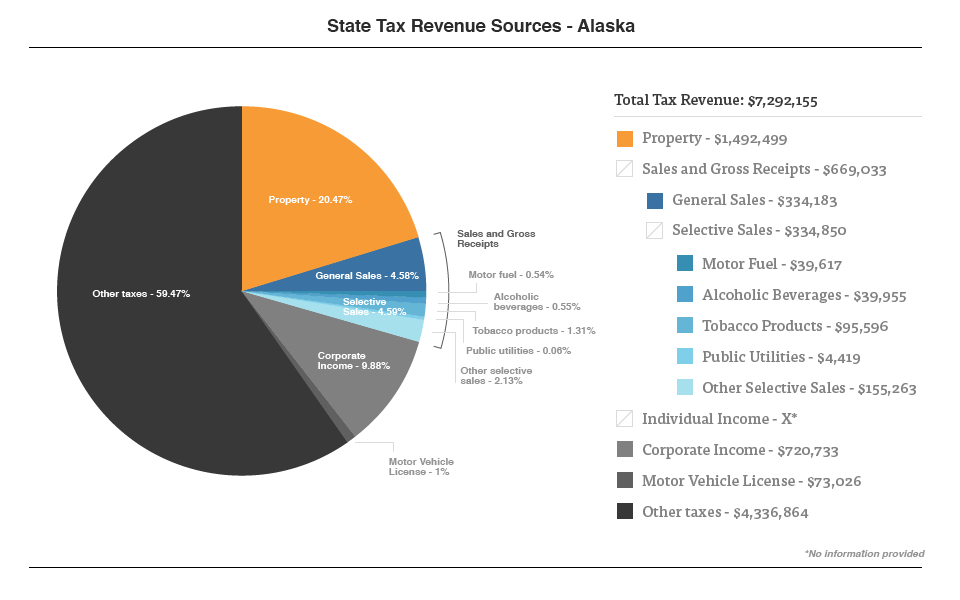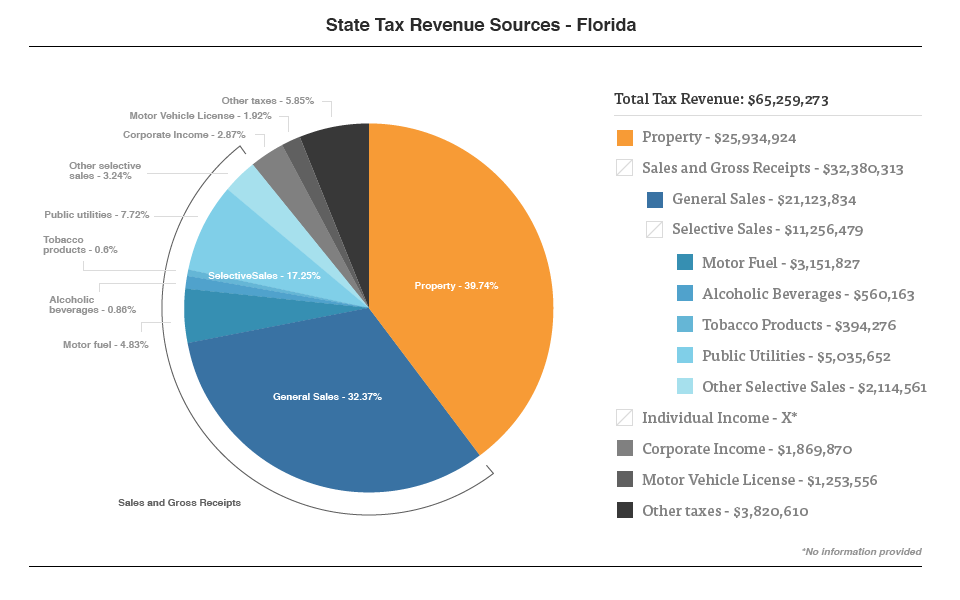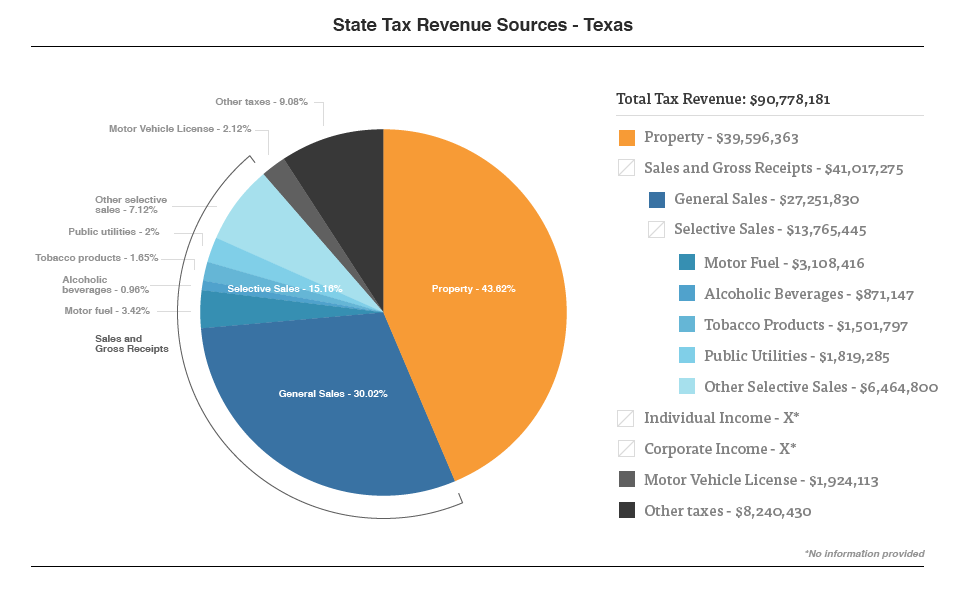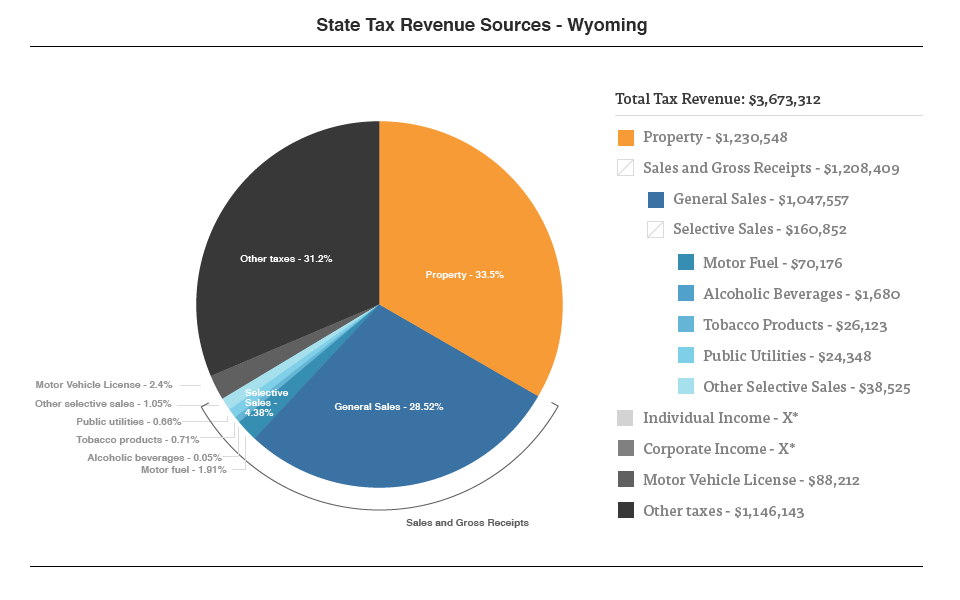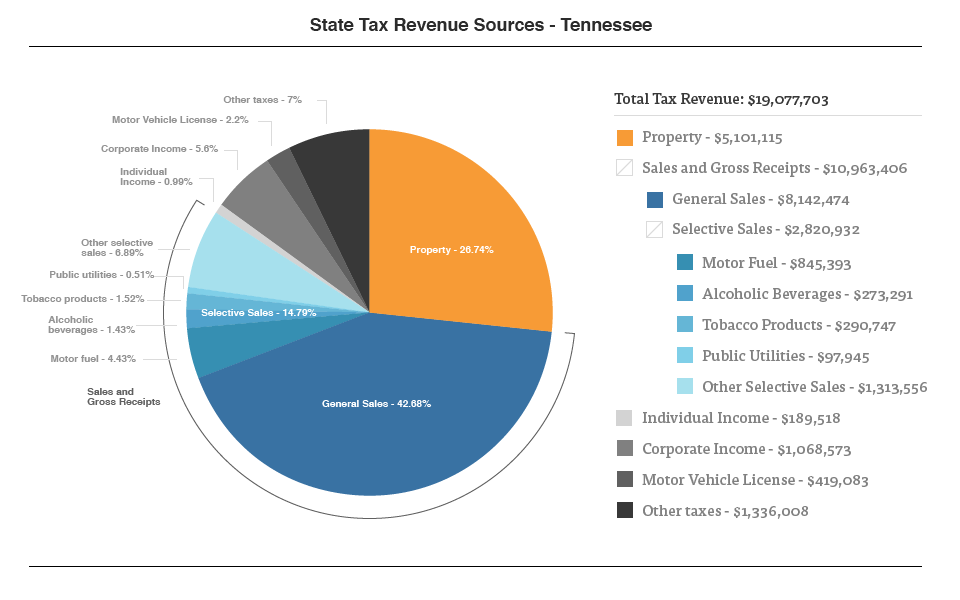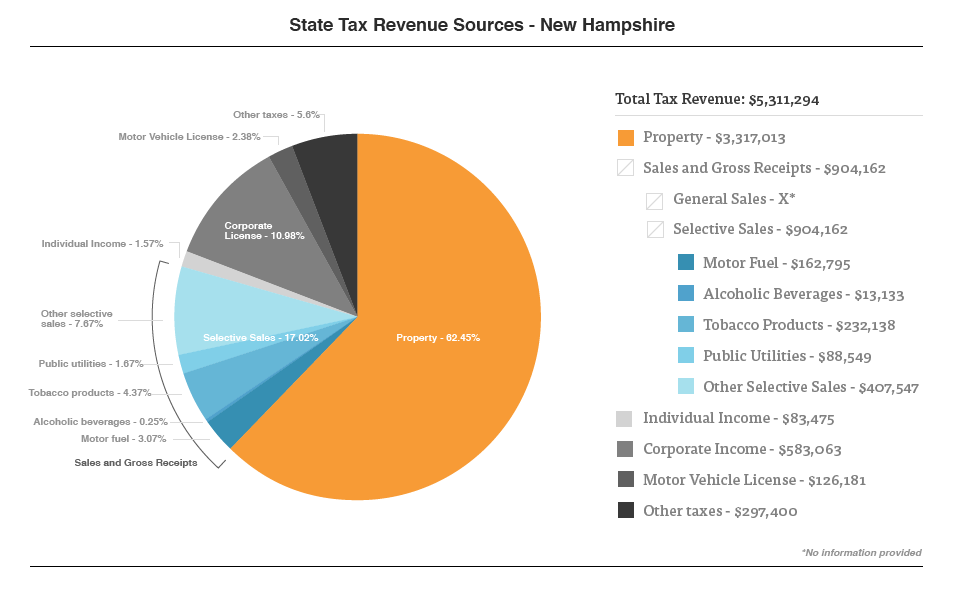How To Find Your Prior Year E-File PIN
When you attempt to E-File your taxes, you will often times be prompted for your PIN. What exactly is this? It’s a 5 digit number located on the signature line of Income Tax Return. This “E-File PIN” serves as your signature. If you filed a return in the previous year, you will want to enter in the same number. What if you can’t find it? This post will discuss your options.
Identity Verification
When you E-File, the IRS wants to make sure that it is “really you” that is attempting to file the return. They can do this by having you verify your prior year PIN or the prior year adjusted gross income (AGI) reflected on the return. Without your PIN or AGI, you won’t be able to e-file the current return.
3 Ways to Find Your PIN
If you filed taxes last year, you can obtain your PIN, by doing one of the following:
Look at a copy of your Return. Contact whomever prepared your tax return last year for a copy. From that return, you’ll be able to see the PIN that was used on the signature line. If you used tax software, you can contact the service provider as they should still have it on file. Alternatively, they may have emailed it to you when you actually filed last year. As such, take a look in your email and see if it is there.
Use the IRS PIN tool. If locating a copy of the return isn’t an option, you can use the IRS PIN Tool to retrive it. It’s a useful and easy to use tool and only requires you to know your basic information (e.g. name, address, date of birth, social security number), along with the filing status used (single, married filing jointly, etc). Then, within seconds (or minutes), the IRS website will provide your the PIN.
Call the IRS. You can always call the IRS directly at 1-800-829-1040 to obtain your PIN.
In closing, here are a few things to keep in mind:
- The one thing to keep in mind is that your E-File PIN IS NOT the same as an identity theft PIN. You can read more about the process of dealing with tax identity theft and obtaining an ID Theft PIN in this post.
- If you make a “new” 5-digit E-File PIN for your taxes this year, make sure you write it down. Your current year PIN will be used when filing your tax return next year.
- E-file PINs can be confusing, but you shouldn’t let that stop you from filing. If you’re confused about your PIN or have any other tax related issue, our team of xperts are standing by to assist you. Just give us a call or shoot us an e-mail via the links at the top and bottom of this page!

